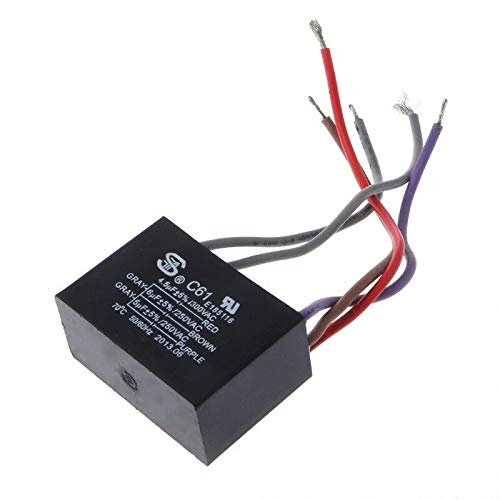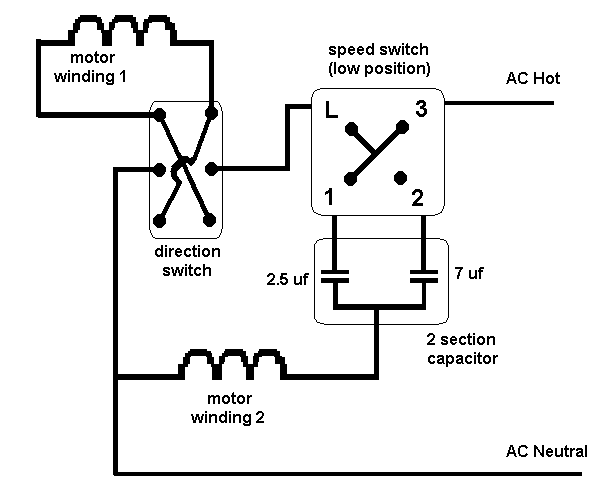Hello all-
We are new owners of an existing property. I'm unsure of the age of the fan in the living room, which doesn't run as fast as it should at it's highest setting.
The pull switch is on "high". It's light kit is on a separate wall switch (lights are bright), & the fan speed is controlled by a dial type wall switch marked "off, low, med, high, off".
Where should I start to diagnose? I have a meter and I'm handy.
Thank you in advance!
We are new owners of an existing property. I'm unsure of the age of the fan in the living room, which doesn't run as fast as it should at it's highest setting.
The pull switch is on "high". It's light kit is on a separate wall switch (lights are bright), & the fan speed is controlled by a dial type wall switch marked "off, low, med, high, off".
Where should I start to diagnose? I have a meter and I'm handy.
Thank you in advance!


